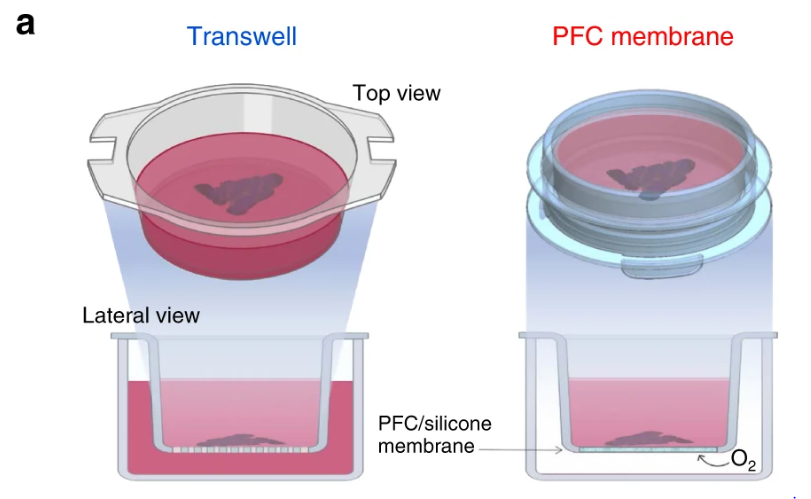#1 Excited to share the final aim of my PhD thesis, now out in @NatureComms. Another fantastic collaborative effort between @DiabetesnPOD @Diabetes_DRI @umiamimedicine @PLID_Info @UF @TheHpap @HIRN_CC @ADA_DiabetesPro #pancreaticslices #pancreas #T1D #T2D https://www.nature.com/articles/s41467-020-17040-8">https://www.nature.com/articles/...
#2 First of all what are human pancreatic tissue slices (HPS)? these are 120-130micron thick tissue slices from a human pancreas donated for research. HPS have been used previously to study beta-cell physiology but owing to difficulties they were difficult to culture.
#3 Why is it important to culture them? culturing HPS allows for a new method to study the human pancreas while maintaining human pancreatic cytoarchitecture. This makes the long term culture of HPS a useful model system to study T1D, T2D, metabolic stress + pancreas-physiology.
#4 How did we achieve this? We were able to culture HPS for up to 10 days, in a basal media from @STEMCELLTech (originally described by Brady et al., 2015: PNAS) for neuronal culture supplemented with protease inhibitors to prevent the HPS from auto-digesting.......
#5 ....These HPS were then placed atop a selectively air-permeable dish we call the AIR HIVE, but it is popular by the name & #39;PFC dish& #39;. This magical little dish contains a PFC membrane designed by Dr. Fraker and my PhD mentor Dr. Dominguez-Bendala, is only gas permeable.
#6 How were we sure that pancreatic islets were functional? We tested HPS from extended culture for intracellular Ca++ ion fluctuations in both exocrine and endocrine cells (work done by @JRWeitz) and then dGSIS and dGSGS (performed twice by x2 independent labs).
#7 So how can this model be used? Using genetic lineage tracing via viral transfection, we can & #39;tag& #39; cells and look at how they change from & #39;non-beta cells& #39; to & #39;beta-cells& #39;. Therefore we can track the process of beta-cell regeneration longitudinally in real-time, within HPS!
#8 The experiments and validations are pretty cool so I suggest you read the paper if you have reached thus far in this thread! In essence, what this allows for is a real-time window into the human pancreas allowing us to study endocrine and exocrine cell physiology......
#9 ..........extracellular matrix biology, immune cell interactions, vasculature, innervation amongst other exciting possibilities! A lot of this was not possible with previous models.
#10 My biggest hope is that studies and models such as the HPS and PSC derived pancreatic cell model will reduce the usage of the murine models in pancreas research.
#11 I would like to thank everyone from my PhD mentor& #39;s (Dr. Juan Dominguez-Bendala) lab at @Diabetes_DRI especially Silvia, people from Dr. Alejandro Caicedo and Dr. Joanna Almaca& #39;s labs, people from @DiabetesnPOD at @UF and @SpeierLab for this incredible collaboration.
#12 Big shoutout the reviewers and handling editors at @NatureComms for their insightful criticism which helped us mold this manuscript into a more complete study.
#13 Finally thanks to our funding agencies for their support @HIRN_CC @TheHpap @ADA_DiabetesPro @DiabetesnPOD @Diabetes_DRI @FulbrightPrgrm and others!
#14 If you have any questions please feel free to ask! Looking forward to your constructive criticism and interesting questions.

 Read on Twitter
Read on Twitter


